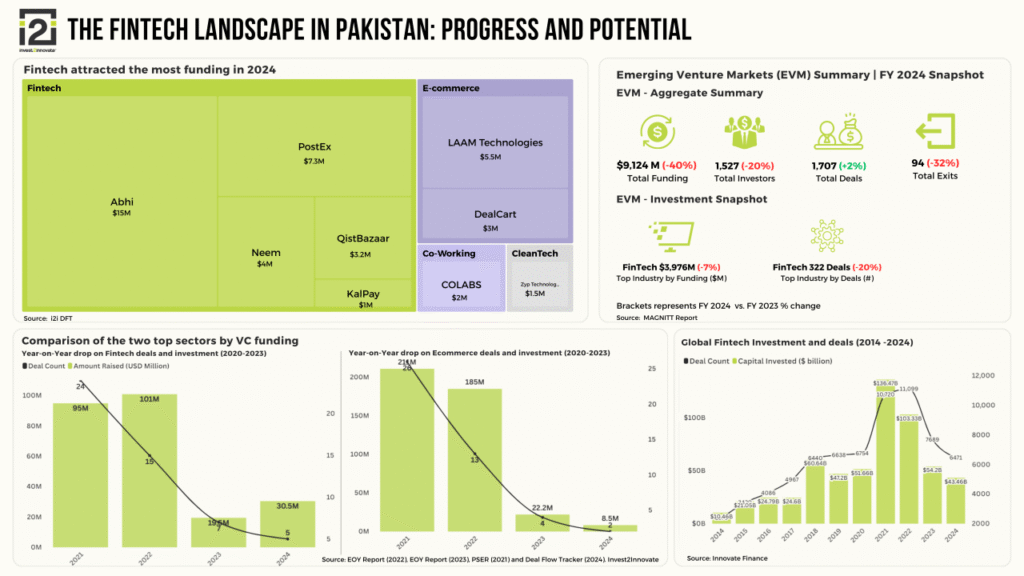Pakistani SMEs Who Thrived with Digital Financial Services
Digital financial transformation is rapidly changing the business landscape for Pakistani Small and Medium Enterprises (SMEs). Here we explore an in-depth analysis and real case studies from different sectors that highlight the impact, challenges, quantifiable improvements, and lessons learned through adopting digital solutions.
The Digital Shift for Pakistani SMEs
Pakistan’s SME sector is critically important, contributing 40% to the country’s GDP and employing a major segment of its non-agricultural workforce. Yet, access to formal financing, heavy paperwork, and limited digital literacy have long restricted growth. The rise of digital financial solutions—such as mobile banking, Islamic fintech, and digital wallets—has opened doors for thousands of businesses, helping them enhance efficiency, increase revenues, and expand customer reach.
Case Studies: Real-Life Transformations
1. UBL and Temenos: Digital Banking for SMEs
Sector: Retail, SME, and Corporate Banking
Challenge: Modernize banking experience and expand SME reach
Solution: UBL implemented the Temenos digital banking platform, providing integrated digital onboarding, loan origination, and servicing for SMEs.
Results:
- Dramatically reduced onboarding times
- Enabled loan originations for SME clients in both conventional and Islamic banking segments
- Broadened digital banking access for millions
Lesson: Leveraging a scalable digital platform accelerates customer acquisition and drives engagement for SMEs.
2. Islamic Finance Empowers Rural SMEs
Sector: Manufacturing and Dairy
Challenges: Access to Sharia-compliant, affordable finance for expansion
Solution: A textile SME in Karachi used a Musharakah (partnership) agreement for new machinery. A family-owned dairy in Punjab utilized Ijarah (leasing) to upgrade milk processing equipment.
Results:
- Textile SME doubled production capacity, increased jobs and revenue
- Dairy business improved efficiency and expanded its market reach
Lesson: Islamic fintech and Shariah-compliant digital finance platforms are vital for growth, especially among rural and religiously-driven entrepreneurs.
3. The Bank of Punjab (BoP): Digital SME Lending
Sector: Multiple (Manufacturing, Services, Trade)
Challenges: High collateral requirements, slow loan approvals, lack of tailored products
Solution: BoP digitized its SME lending, streamlining processes and introducing customized products.
Results:
- SME loan book grew by 3x in just 3 years (2021–2024) despite high interest rates
- Customer base for SMEs increased 6x
- Simpler documentation, faster financing for diverse business sectors
Lesson: Inclusive digital banking practices can dramatically increase SME access to finance, even in challenging macroeconomic climates.
4. Digital Wallet Adoption: Micro-Retailers and E-commerce
Sector: Micro-retail, E-commerce
Challenges: Lack of banking infrastructure, high cost of physical transactions
Solution: Widespread adoption of digital wallets and branchless banking (e.g., JazzCash, Easypaisa), integrated with payment gateways.
Results:
- Improved business cash flow and reduced operational costs
- Expanded to new markets via e-commerce platforms
- Enhanced financial transparency and safety
Lesson: Digital payment adoption is key for micro- and small retailers to participate in regional and global markets.
5. Women’s Entrepreneurship and Digital Inclusion
Sector: Various (services, home-based industries)
Challenges: Gender gap in finance, limited mobility
Solution: Digital microfinance platforms allowed women to access credit, make transactions, and manage their businesses remotely.
Results:
- Increased participation of female entrepreneurs in the formal economy
- Many inspired others through mentorship and sharing digital best practices
Lesson: Digital financial inclusion reduces social barriers and fosters new waves of entrepreneurship, particularly for women.
Quantifiable Improvements
- Revenue Growth: Case studies show SMEs doubling production or sales after investing in equipment financed through digital or Islamic channels.
- Efficiency: Streamlined onboarding and loan processing reduced administrative times from weeks to days for banks and SMEs.
- Customer Reach: Micro and women-led enterprises expanded market exposure through digital payments and online channels.
Key Challenges and How Digital Solutions Helped
| Challenge | Digital Solution | Positive Outcomes |
| Access to formal financing | Digital SME lending portals, Islamic fintech | More SMEs approved, cheaper and faster loans |
| High collateral requirements | Alternate, digital risk assessments | Loans based on cash flow/data, not just collateral |
| Complex documentation | E-KYC and paperless onboarding | Reduced processing delays, improved convenience |
| Informal sector dominance | Digital wallets, POS apps | Businesses moved into the formal economy, better reporting |
| Gender/social barriers | Mobile microfinance, remote onboarding | Boosted women’s business ownership |
Lessons Learned & Best Practices
- Collaboration matters: Partnerships between banks, fintechs, and regulatory bodies drive innovation and ensure safe, scalable solutions.
- Tailor products: Customized finance for Islamic and conventional preferences ensures greater acceptance.
- Invest in education: Digital literacy programs boost usage and trust in digital financial solutions.
- Promote inclusion: Focusing on underrepresented groups delivers both business growth and socio-economic impact.
- Continuous innovation: Embracing APIs, analytics, and automation future-proofs SME competitiveness.
Inspiration for Other SMEs
The stories of transformation across Pakistan’s SME landscape show that digital financial services are not a luxury—they are a necessity for growth and survival. Whether it’s accessing new markets, overcoming funding challenges, or breaking social barriers, digitalization offers actionable pathways for every ambitious business. The next big SME success could start with a single shift to digital.

